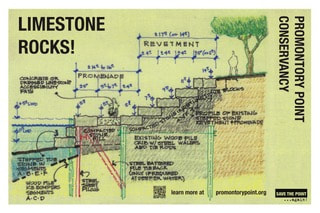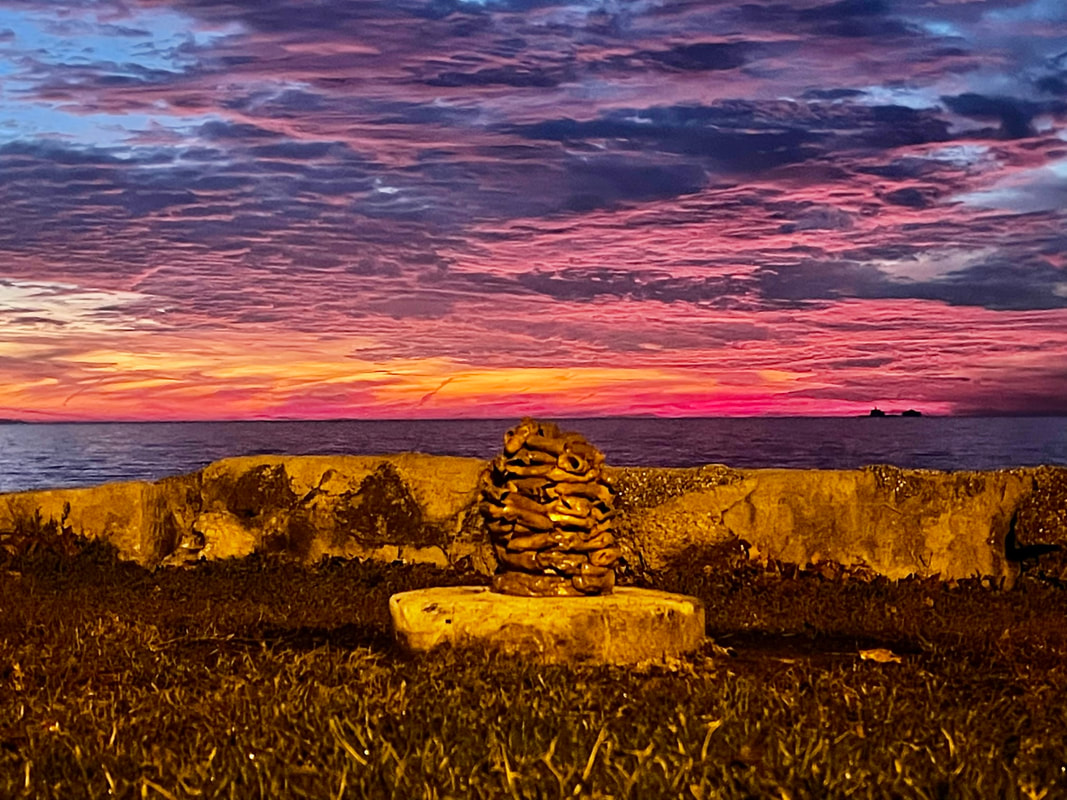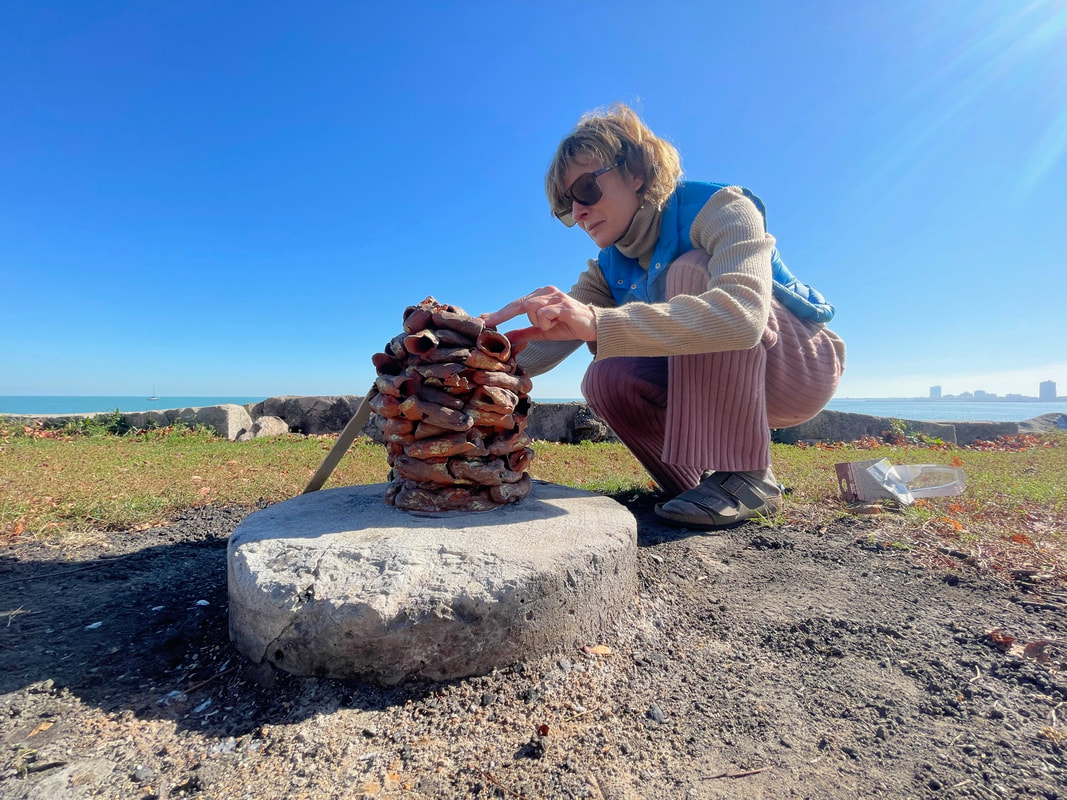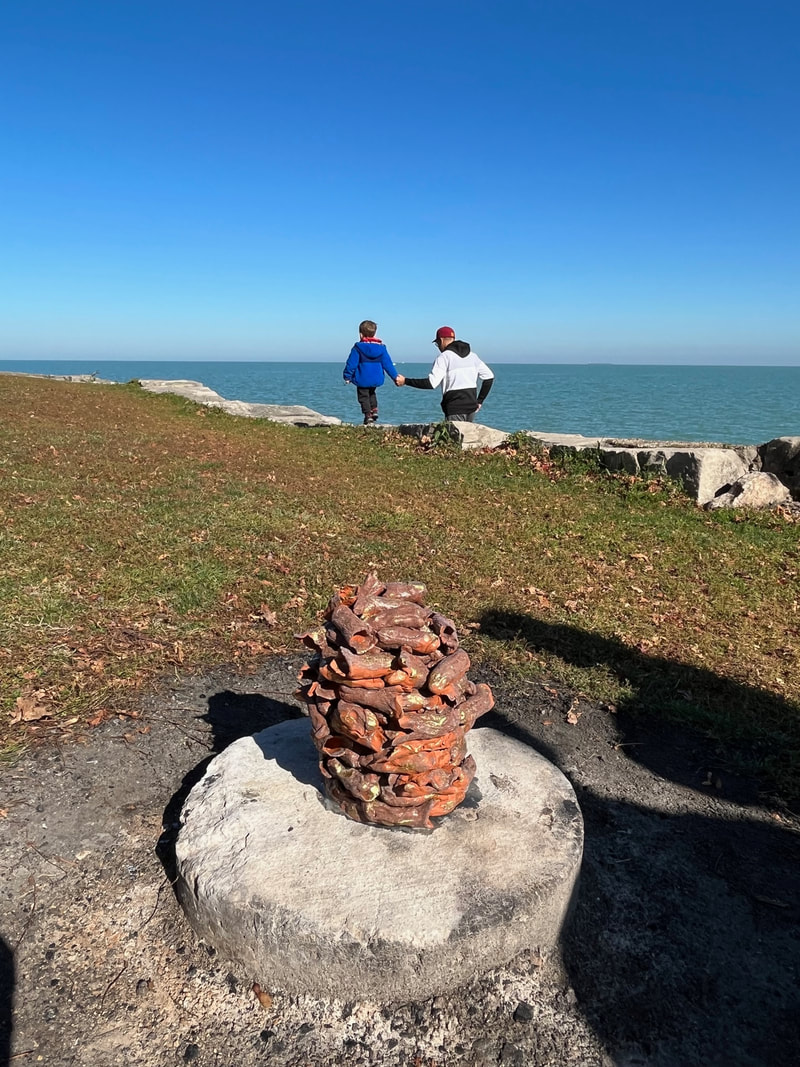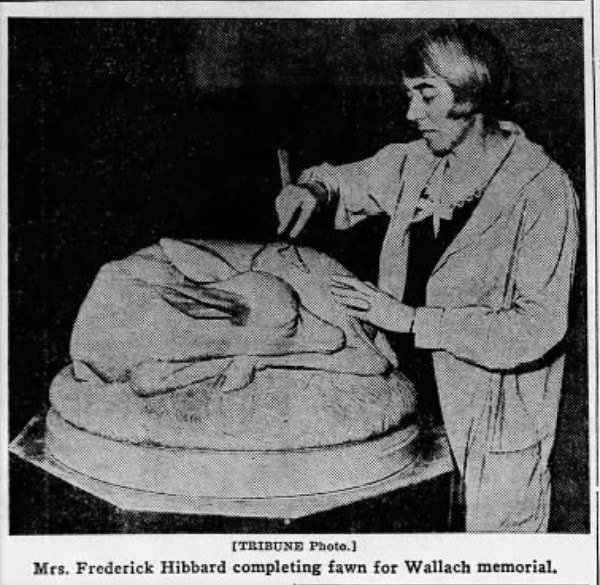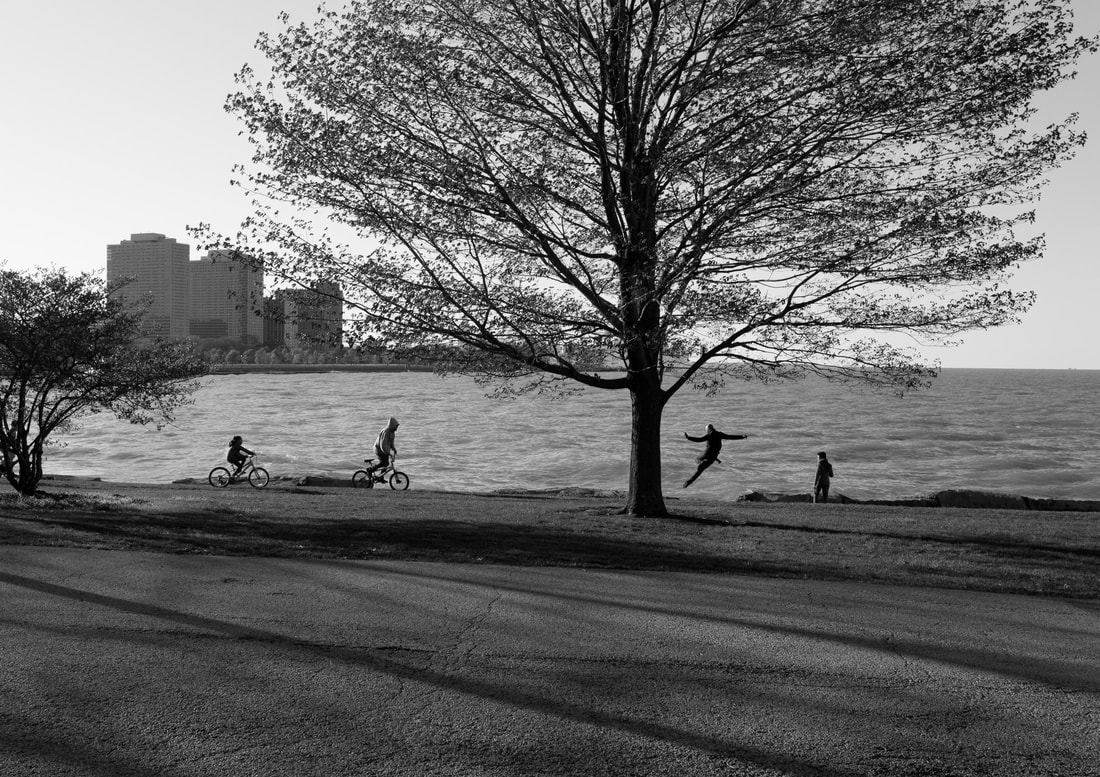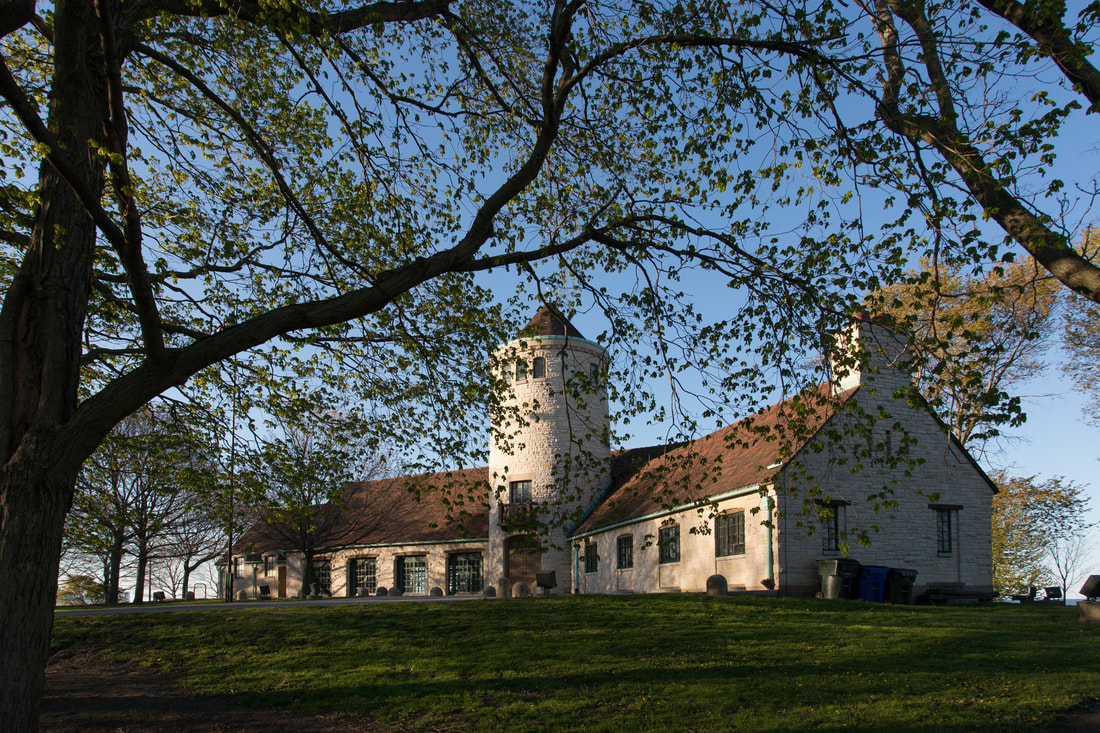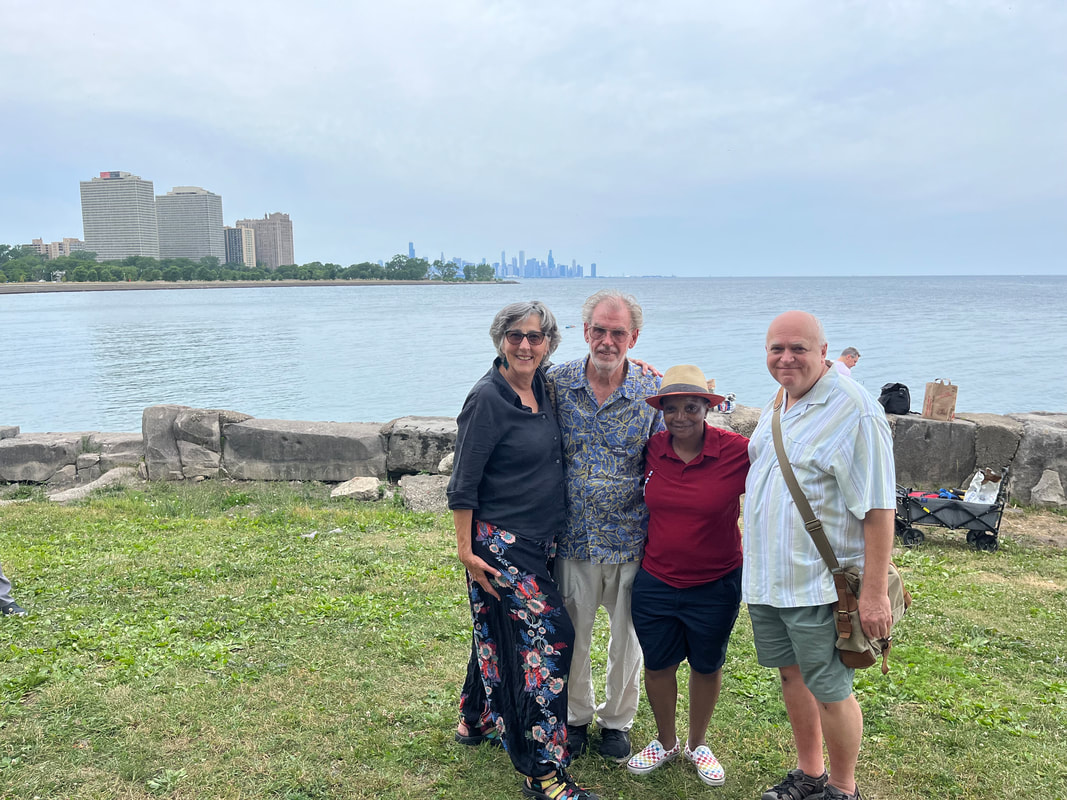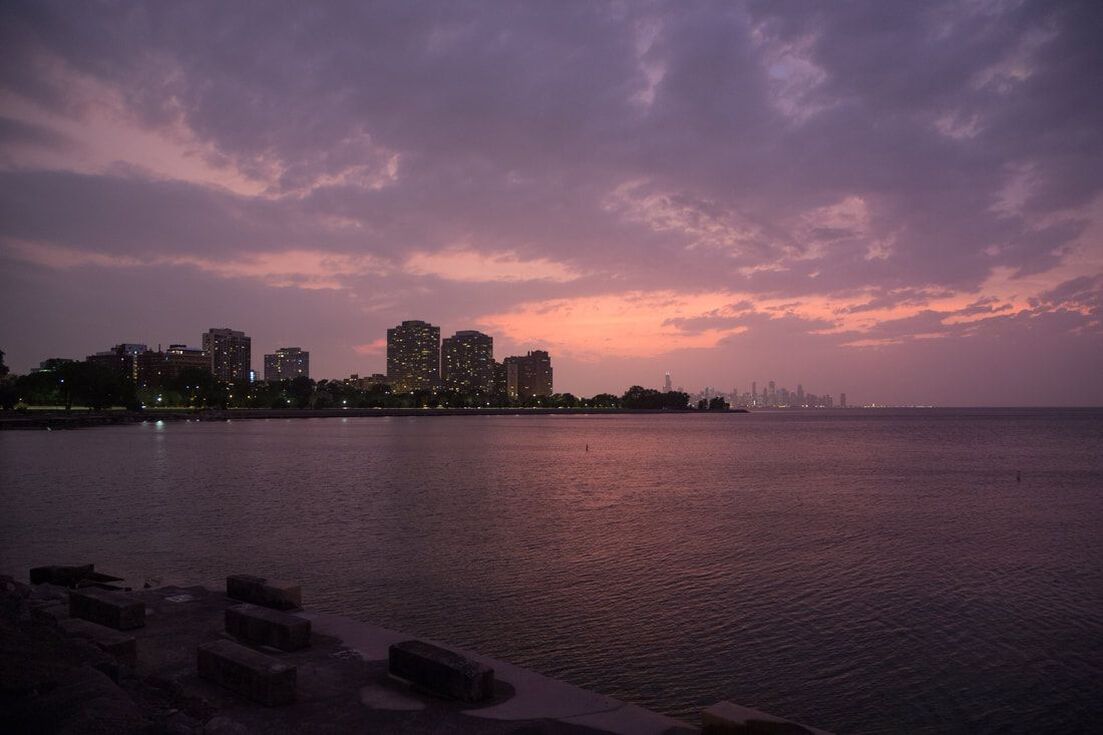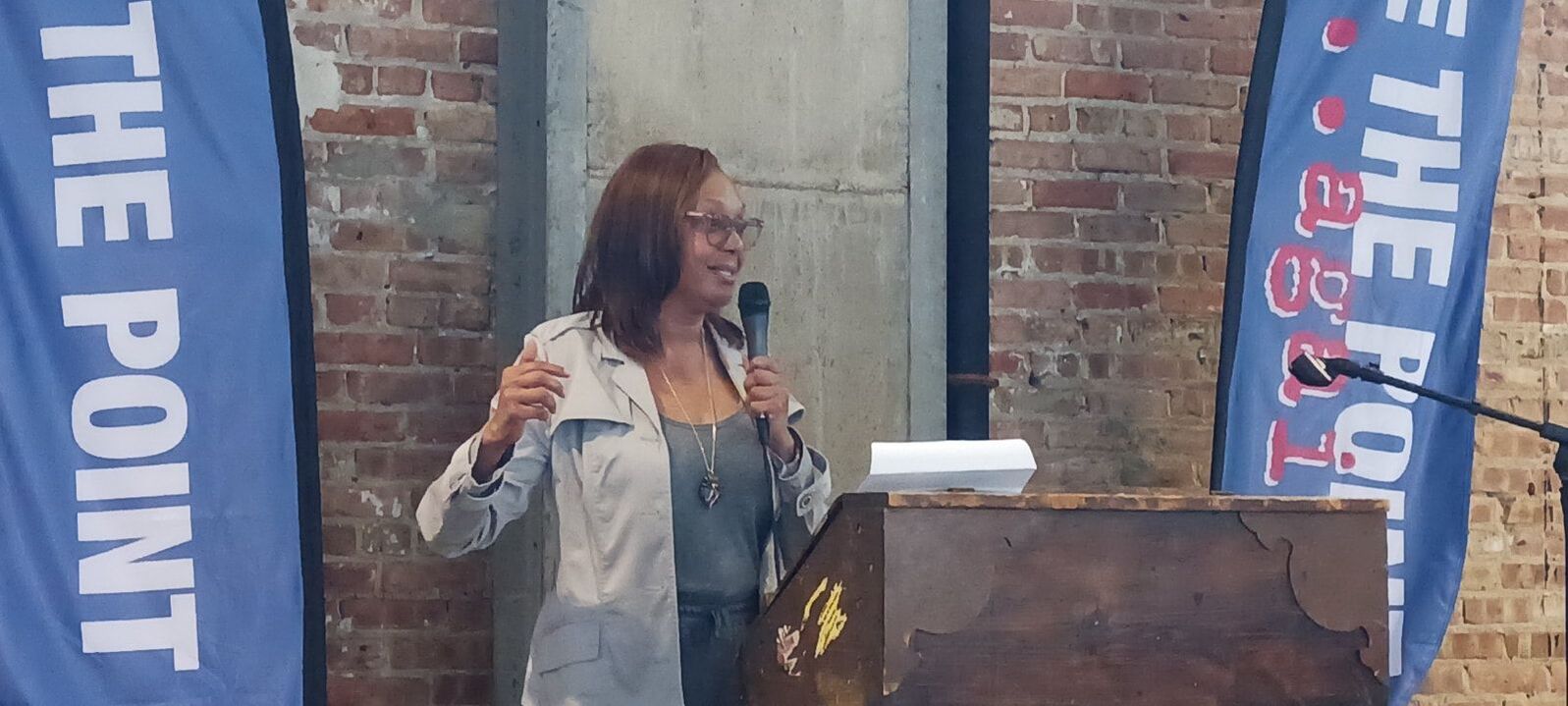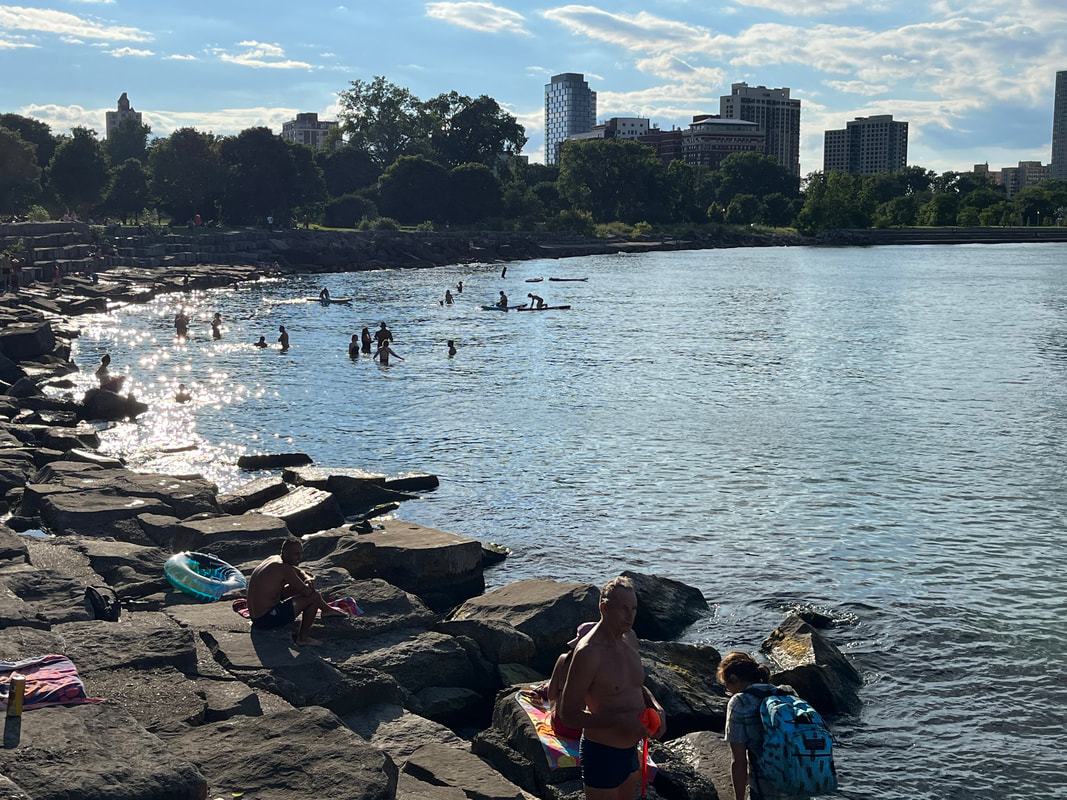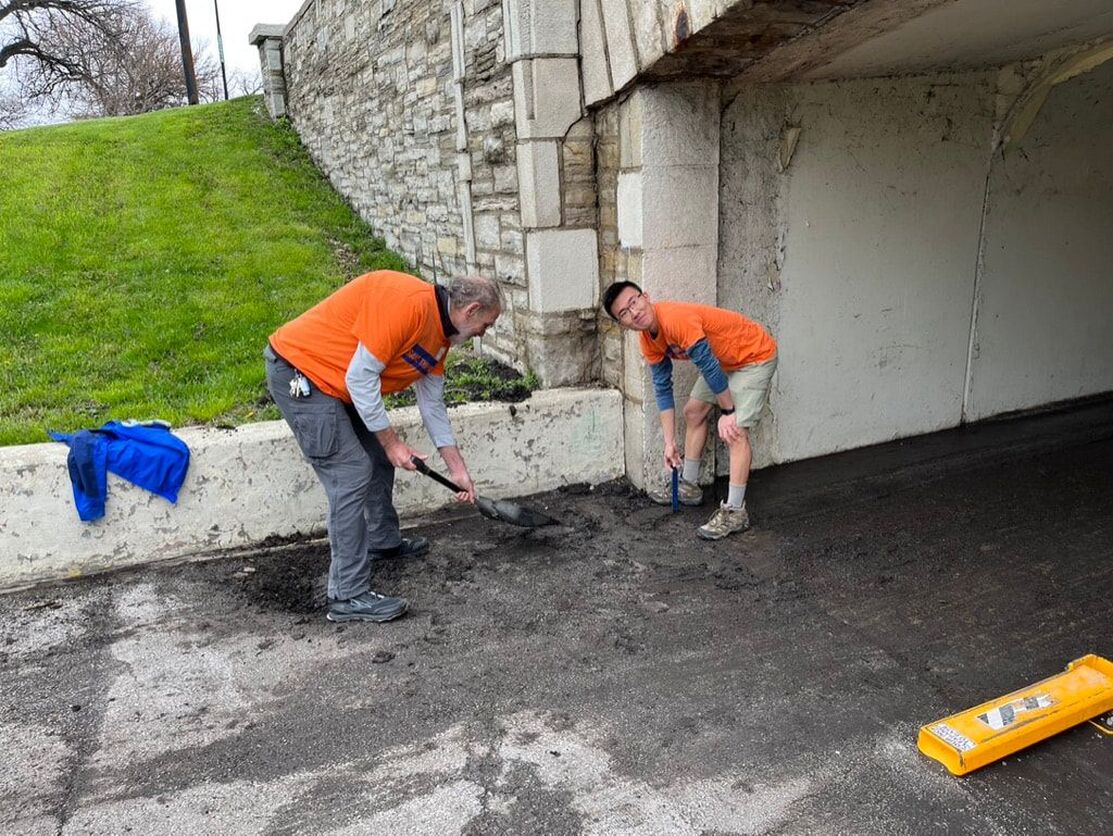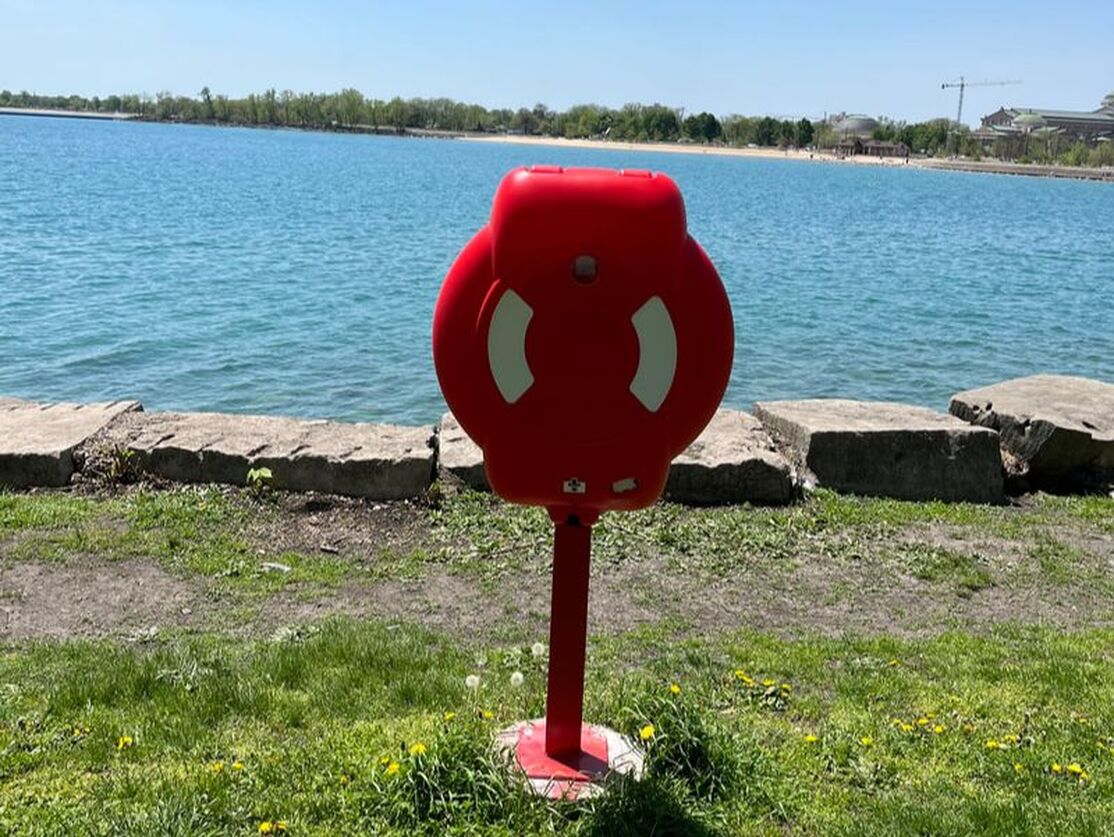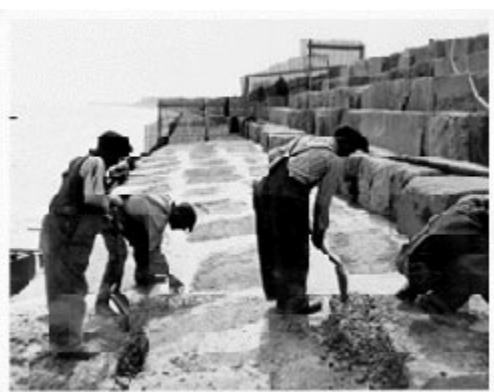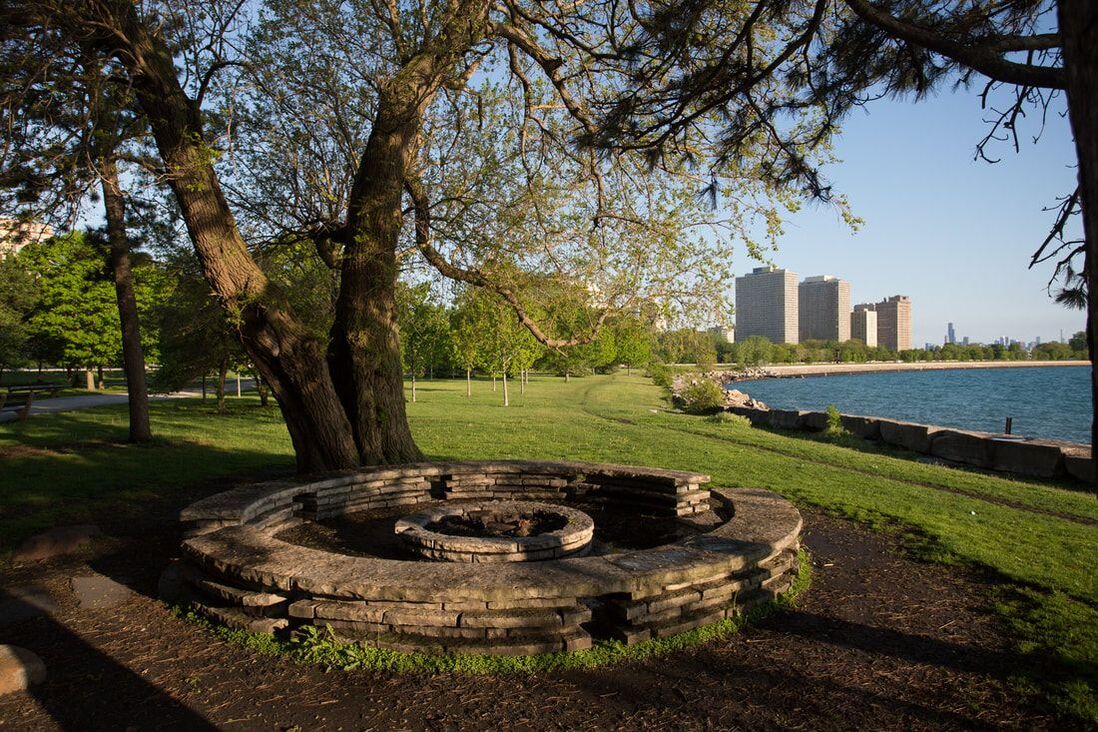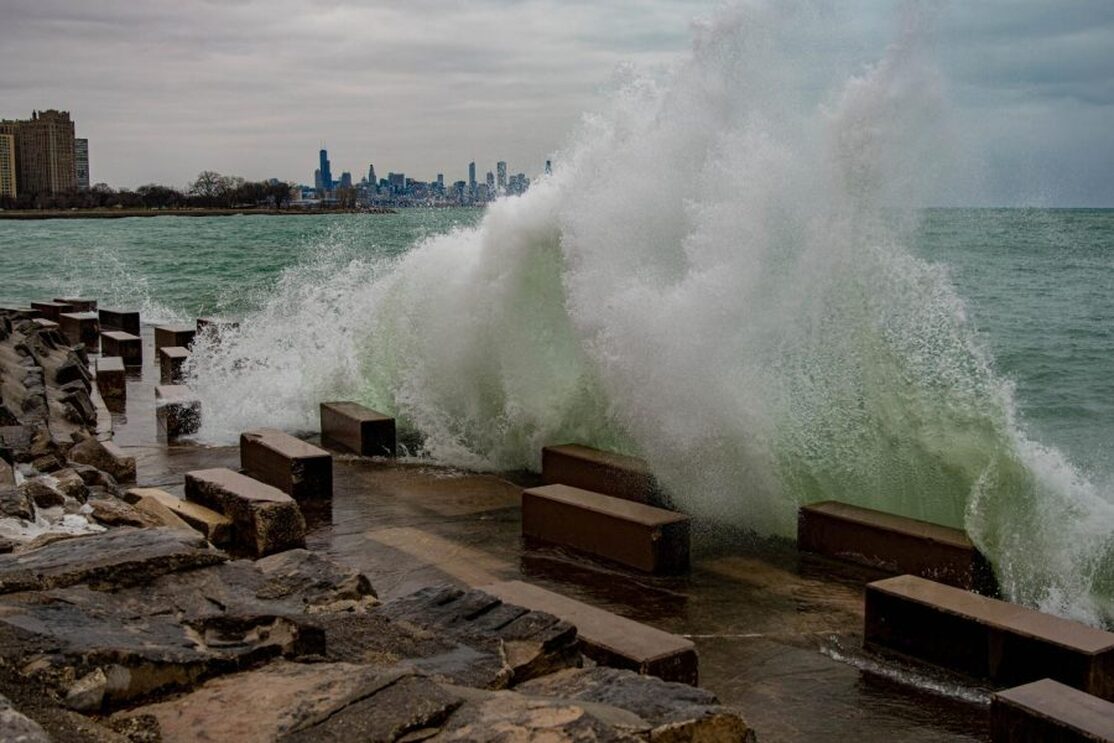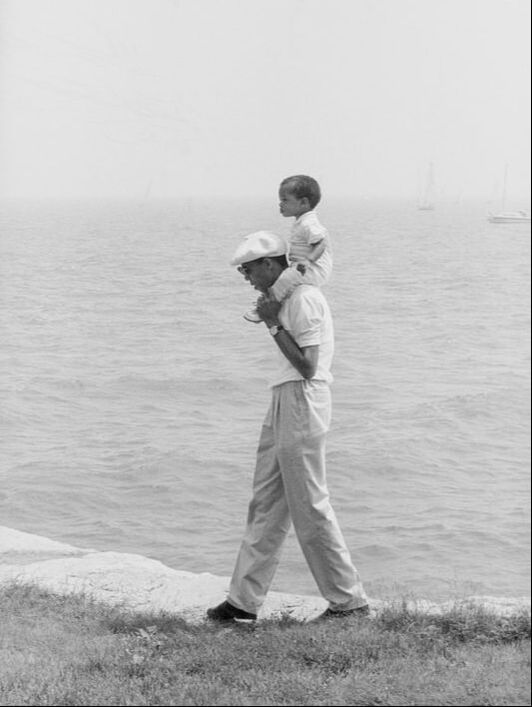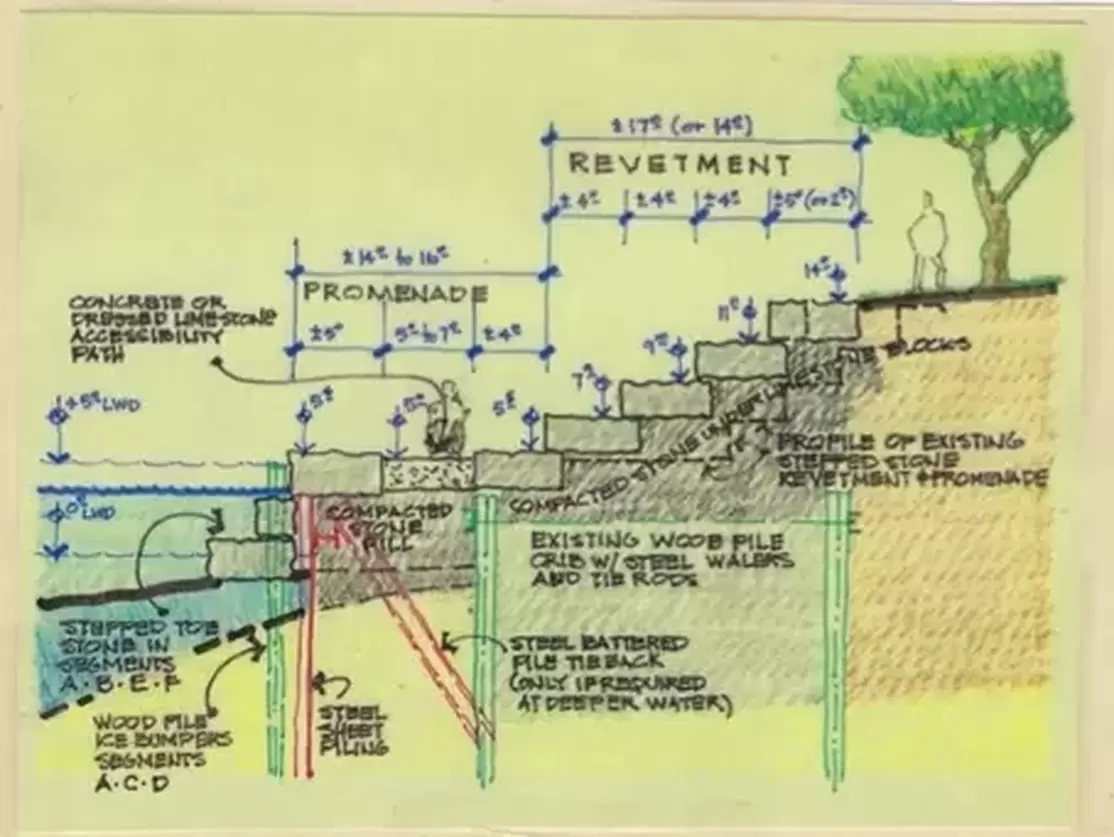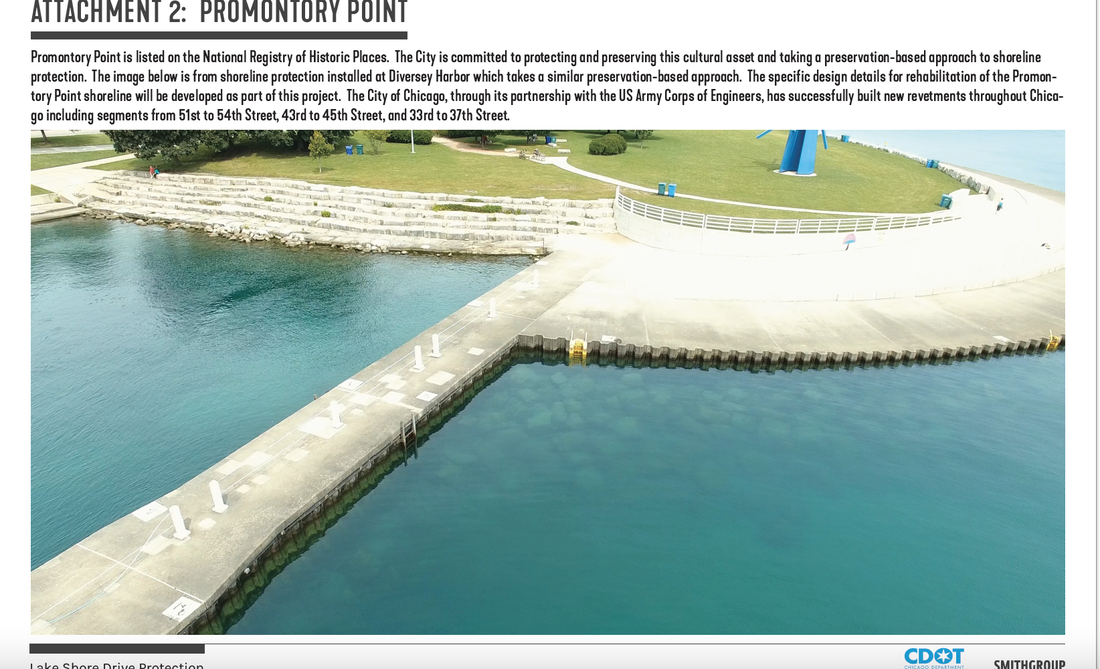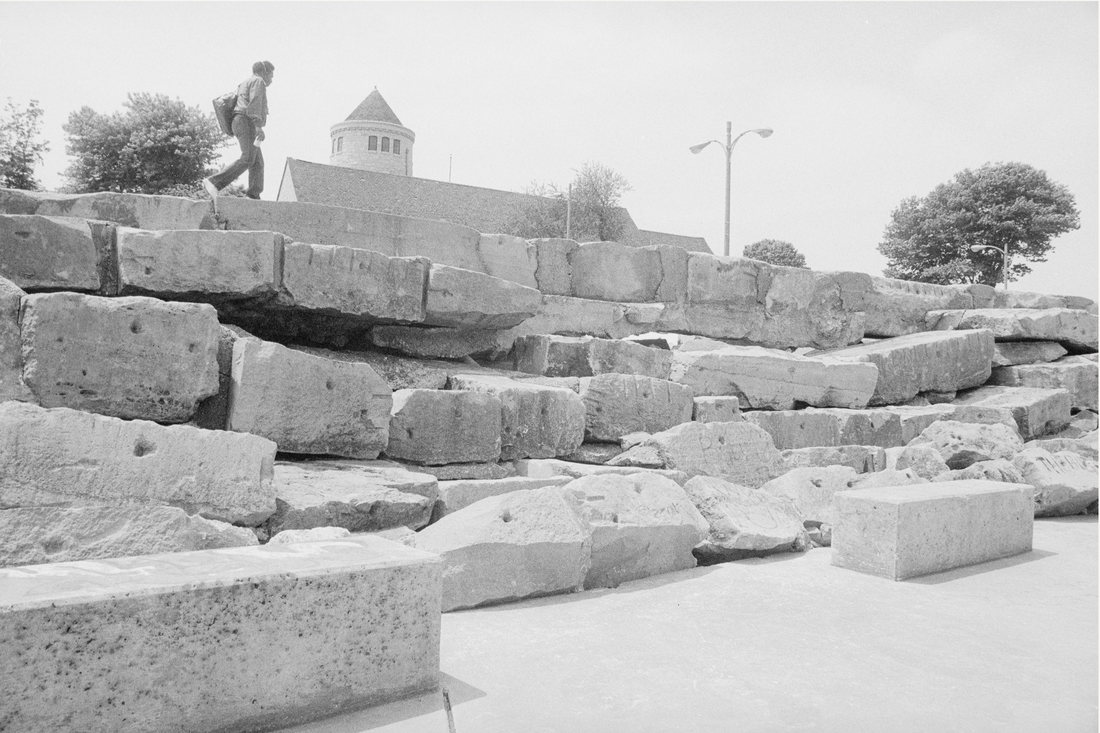Cost Points: cost comparisons of the "locally preferred plan" and preservation construction11/1/2022 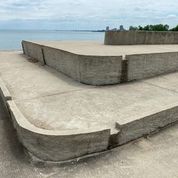 We recently discovered -- again -- that repair, restoration and rehabilitation of Promontory Point continues to be cost-effective and cheaper than the City's "locally preferred plan". As you may recall, the City's "locally preferred plan" entails demolition of the historic limestone revetment and new construction of concrete and steel. In 2013, the U.S. Army Corps of Engineers' cost estimate for the "locally preferred plan" was $57m. Adjusted for inflation, the cost of the "locally preferred plan" today is: $75m In sharp contrast, preservation of the Point -- repair, restoration and rehabilitation per the Secretary of the Interior Standards for Historic Preservation -- continues to be cheaper than demolition and new construction. The 2002 Cyril Galvin preservation marine engineering report estimated the cost of repair, restoration and rehabilitation at $4.5m. Adjusted for inflation, that's currently $7.53m, 1/10th the cost of the "locally preferred plan". Given the storm damage erosion at the Point since 2002 and after conversation with four marine engineering firms with preservation experience, we estimate the cost of preservation construction and maintenance at 1/5 - 1/2 the cost of the "locally preferred plan" at: $17-29m Right now, the City is pushing a deception Point: demolition of the limestone revetment, new construction of a concrete revetment with limestone blocks on top as decorative and ornamental. Astronomical to build and to maintain, it is an over-engineered solution for $100m when repair, restoration and rehabilitation of the existing limestone revetment is feasible and multiple times cheaper. This is not a preservation-based approach and violates the Secretary of the Interior Standards for Historic Preservation. We don't need a new concrete revetment. We need the existing limestone revetment -- which still functions at 85 years -- fixed. But even if preservation costs as much as the "locally preferred plan" which it doesn't, Promontory Point would be worth it and park equity on the South Side would be served.
0 Comments
Artists, poet and Point-swimmer Jennefer Hoffman fired and installed the collective ceramic art work that many of you participated in on Sunday, October 9, at the Point. Here is the public art at dawn at the Point.
The Chicago Tribune featured spectacular aerial photos of fall colors at the Point among other City parks last week in its photo gallery.
Per historian Trish Morse: |
| High Point. At our press conference on May 26, 2022, we shared good news of a historic preservation engineering study and progress toward repair and rehabilitation of the limestone revetment after a 22-year community effort to Save the Point! U.S. Congresswoman Robin Kelly has secured congressional funding authorization for a preservation study of the Point in the 2022-23 federal budget. Let's hope the federal budget passes with ease! Many multitudes of thanks to Kelly and her senior advisor Rick Bryant for decades of devoted, persistent work. We are also very grateful to our local politicians -- State Senator Robert Peters, State Rep. Curtis Tarver II, Cook County Commissioner Bill Lowry and Alderman Leslie Hairston -- for standing with Kelly and for their powerful words demanding preservation, repair and rehabilitation of the Point's historic limestone revetment. Low Point In response to our press conference, at a lakefront press statement in early June 2022, Mayor Lori Lightfoot told the Hyde Park Herald that the Point is "washing away" and cannot be fixed. When the Conservancy pursued this statement with the Chicago U.S. Army Corps of Engineers, the City (CDOT) and the Chicago Park District (CPD) in its June 14th quarterly partners-stakeholder meeting, the Corps was adamant that it is continuing with its currently funded GRR study of the Point even though it would duplicate and prejudice Kelly's preservation study. At this time, the Corps and its partners are unwilling to pause their study to await the funding of Kelly's preservation study. In fact, they seem to be rapidly moving ahead even though the Point is not an emergency erosion crisis. We hate to see the Corps and its partners proceeding with this wasteful use of public funds. We've been waiting 16 years for Kelly's funding of the 2007 appropriation of a preservation study for Promontory Point and now it's finally in reach. |
"If anyone should appreciate the resolve of Chicago’s open-land activists, it’s George Lucas.
After all, he got married at Promontory Point—a site he probably chose because it’s one of the most gorgeous stretches of lakefront land in Chicago.
And it’s so gorgeous precisely because an energetic band of kick-ass activists had the fortitude to fight Mayor Daley to keep him from mucking it up with a horrendous revetment project.
After he lost that fight, Mayor Daley threw one of his classic hissy fits, saying he didn’t care if Promontory Point fell into the lake. [A sentiment echoed by the Chicago U.S. Army Corps in summer 2022 by the way.]
Of course, that didn’t stop him from showing up to George Lucas’s wedding, where he probably danced the Funky Chicken.
On top of everything else, our powerful mayors apparently have no shame."
| At least one local politician in favor of preservation at Promontory Point was approached by the City (CDOT)/Chicago Park District (CPD) and asked if the community would support new limestone at the Point. Say what?!? The limestone at the Point is 400 million years old* and probably will last another 400 million years. We don’t need new limestone. We need the limestone reset and re-grouted. We need the wooden cribs replaced with steel ones. |
| Calling Promontory Point one of our most beloved treasures, Alderman Leslie Hairston spoke powerfully for preservation at the Point at her 5th Ward meeting on March 22. She condemned the City's "locally preferred plan" of demolition of the limestone and called for repair and rehabilitation in a preservation approach. She went on to note her more than 20 years of work with the community to Save the Point and her advocacy of City-landmarking to stop demolition of the limestone revetment. Hairston also called out the City for its recent "trick" of requesting federal funding by running around U.S. Congresswoman Robin Kelly, who supports repair of the limestone, to U.S. Rep. Bobby Rush to assure funding of its "locally preferred plan". (Promontory Point is actually in Kelly's district, not Rush's.) Fortunately, Rep. Rush learned the truth and took no action. And the City, Park District and Chicago US Army Corps' duplicity and bad faith were exposed. Hairston cited this as further evidence of the lack of transparency in the City Administration and its failure to listen to the voice of the people. The City and the Park District intend to replace -- rather than repair the historic limestone revetment -- with the "locally preferred plan" of demolition and new construction of concrete. Hairston and Kelly are also joined by IL Senator Robert Peters who has expressed support for perservation. |
Categories
All
Art At The Point
Chicago Landmark Designation
Condition Study
Cost Of Preservation
FAQs
Governmental Agencies
Locally Preferred Plan
Preservation
Press
Archives
July 2024
June 2024
May 2024
April 2024
February 2024
July 2023
June 2023
March 2023
February 2023
January 2023
November 2022
October 2022
August 2022
July 2022
June 2022
May 2022
April 2022
March 2022
February 2022
December 2021
November 2021
October 2021
September 2021
July 2021
March 2021
March 2019
Author
Debra Hammond is currently an officer of Promontory Point Conservancy. She has always been tall for her age
